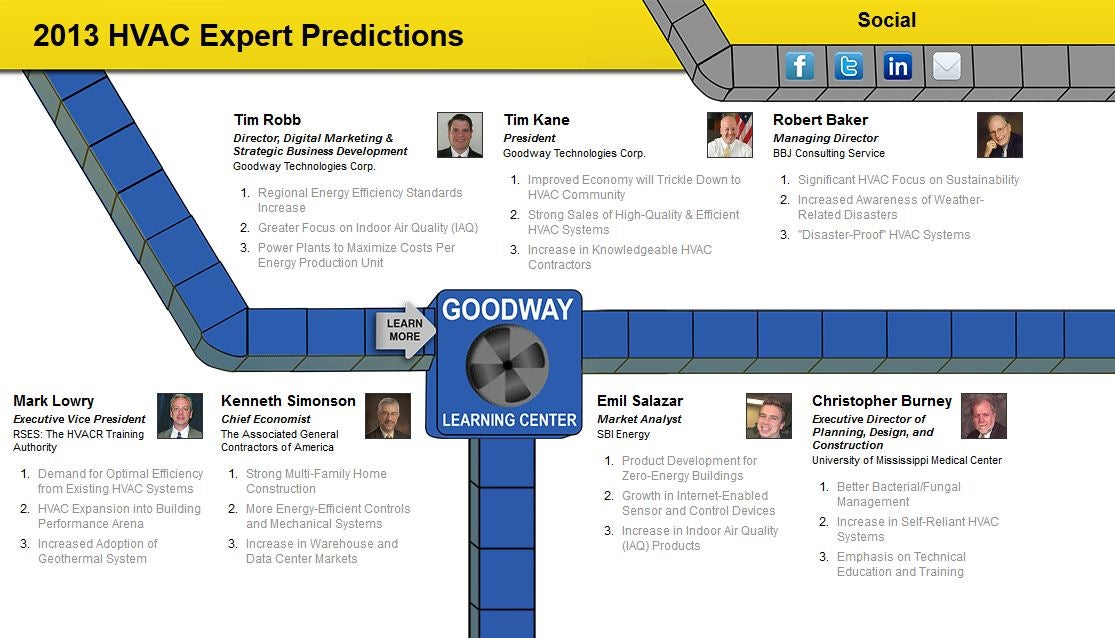The Ultimate Guide To Comprehending Warm Pumps - Exactly How Do They Work?
The Ultimate Guide To Comprehending Warm Pumps - Exactly How Do They Work?
Blog Article
Content Create By-Junker Hanna
The very best heatpump can save you considerable amounts of cash on energy bills. They can also help reduce greenhouse gas exhausts, particularly if you use electrical energy in place of fossil fuels like lp and heating oil or electric-resistance heaters.
Heat pumps function very much the same as air conditioning system do. This makes them a practical choice to typical electric home heating systems.
How They Function
Heat pumps cool down homes in the summer season and, with a little aid from electrical power or natural gas, they give several of your home's heating in the wintertime. They're a good choice for people that want to minimize their use of nonrenewable fuel sources yet aren't ready to change their existing furnace and a/c system.
They rely on the physical truth that even in air that appears too cold, there's still power existing: cozy air is constantly moving, and it wishes to relocate into cooler, lower-pressure atmospheres like your home.
Most ENERGY STAR licensed heat pumps run at close to their heating or cooling ability throughout the majority of the year, reducing on/off cycling and conserving power. For the very best efficiency, focus on systems with a high SEER and HSPF rating.
The Compressor
The heart of the heatpump is the compressor, which is likewise referred to as an air compressor. This mechanical streaming tool makes use of potential energy from power development to raise the stress of a gas by lowering its volume. It is different from a pump in that it only works with gases and can not work with liquids, as pumps do.
Climatic air gets in the compressor via an inlet valve. It travels around vane-mounted arms with self-adjusting length that separate the inside of the compressor, creating numerous dental caries of differing dimension. The blades's spin pressures these tooth cavities to move in and out of phase with each other, pressing the air.
The compressor reels in the low-temperature, high-pressure cooling agent vapor from the evaporator and compresses it into the hot, pressurized state of a gas. This process is duplicated as needed to provide heating or air conditioning as required. The compressor also includes a desuperheater coil that reuses the waste warm and adds superheat to the cooling agent, changing it from its fluid to vapor state.
The Evaporator
The evaporator in heat pumps does the same thing as it does in refrigerators and air conditioning system, altering liquid cooling agent into an aeriform vapor that removes warm from the space. Heatpump systems would not work without this vital piece of equipment.
This part of the system is located inside your home or building in an indoor air handler, which can be either a ducted or ductless device. It consists of an evaporator coil and the compressor that compresses the low-pressure vapor from the evaporator to high pressure gas.
Heatpump absorb ambient warm from the air, and after that use electrical power to transfer that warmth to a home or company in heating mode. That makes them a lot much more power efficient than electric heating units or heaters, and since they're making use of clean electrical power from the grid (and not burning fuel), they additionally produce much fewer discharges. That's why heatpump are such excellent ecological choices. (As well as a big reason why they're coming to be so prominent.).
heating and air conditioning units .
https://climate-control-hvac56555.azzablog.com/29439825/the-future-of-home-heating-exactly-how-heatpump-innovation-is-evolving are wonderful options for homes in cold climates, and you can use them in mix with conventional duct-based systems or even go ductless. They're a great different to fossil fuel heater or conventional electrical heaters, and they're much more lasting than oil, gas or nuclear HVAC tools.
Your thermostat is the most vital element of your heatpump system, and it functions very in different ways than a traditional thermostat. All mechanical thermostats (all non-electronic ones) job by using materials that alter size with enhancing temperature level, like curled bimetallic strips or the expanding wax in an automobile radiator shutoff.
These strips contain 2 various types of metal, and they're bolted together to form a bridge that completes an electric circuit attached to your HVAC system. As the strip obtains warmer, one side of the bridge increases faster than the various other, which causes it to bend and signify that the heater is required. When the heatpump remains in heating mode, the reversing shutoff turns around the flow of refrigerant, to ensure that the outside coil now works as an evaporator and the interior cyndrical tube ends up being a condenser.